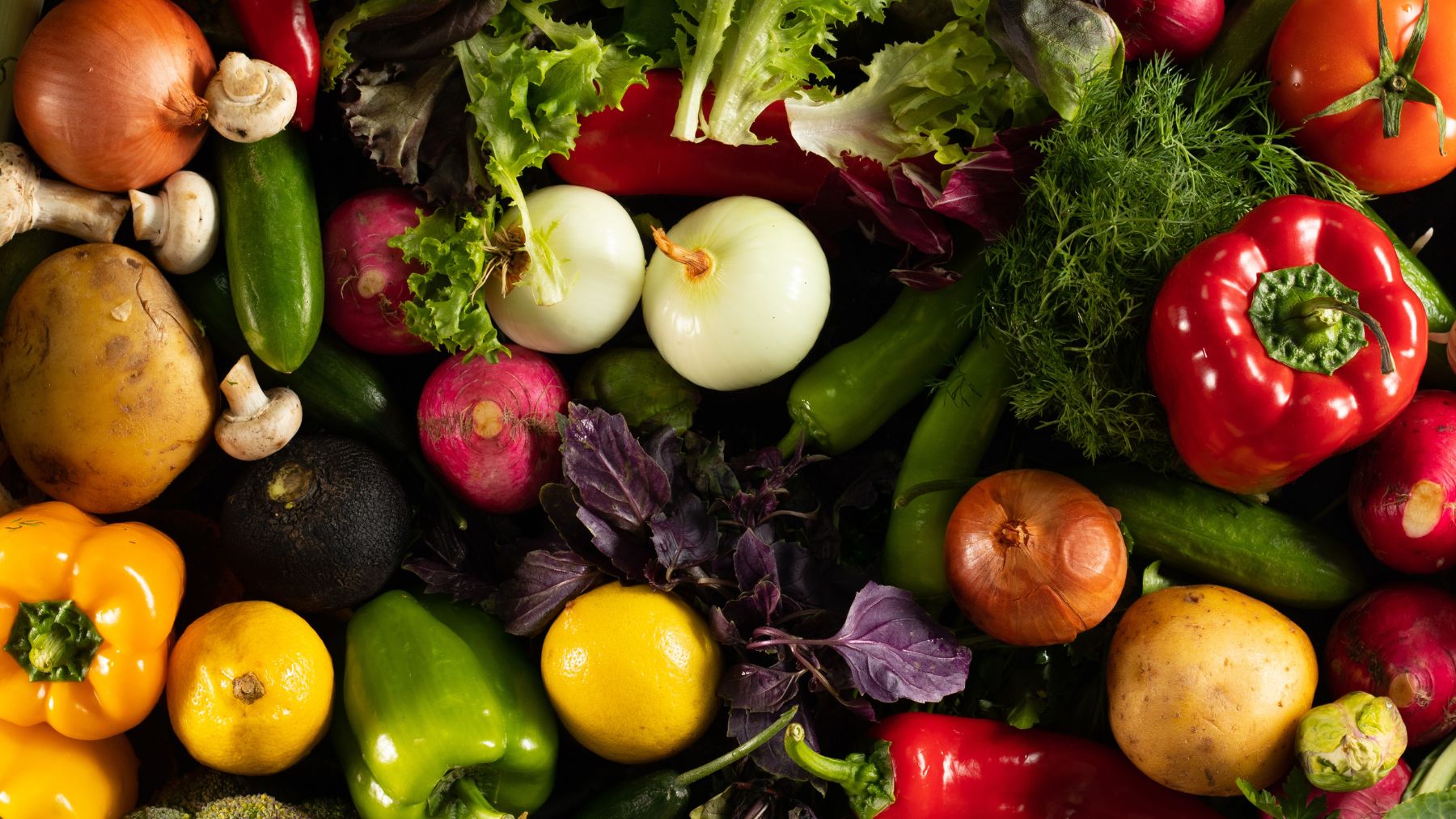Eating healthy food for better blood sugar control doesn’t have to mean giving up flavor or variety. According to the American Diabetes Association (ADA), simple changes—like adjusting how you fill your plate—can make a big impact on your fitness and energy. And one specific group of vegetables plays a key role in this balance.
Developing healthy eating habits is about more than just numbers. The ADA emphasizes that the right foods not only help manage glucose levels but also improve your relationship with food itself. When your meals are built around quality ingredients, your body performs more efficiently and feels stronger every day.
Which vegetables does the ADA recommend for a better relationship with food?
The American Diabetes Association highlights non-starchy vegetables as the foundation of any balanced meal plan. These vegetables help you stay full longer while providing essential nutrients with very few calories and carbohydrates. Because they have minimal impact on blood glucose, they are ideal for anyone managing prediabetes or diabetes.
The ADA’s Diabetes Plate Method makes meal planning simple: start with a 9-inch plate, fill half of it with non-starchy veggies, one-quarter with lean protein, and one-quarter with quality carbohydrates like fruits, whole grains, or starchy vegetables. This structure helps you naturally control portions and blood sugar without counting calories or carbs.
Non-starchy vegetables are packed with vitamins, minerals, fiber, and phytochemicals, which help your body stay nourished while keeping meals satisfying. The ADA encourages people with diabetes to eat more of them—not less.
Common examples include:
- Broccoli, cauliflower, and Brussels sprouts.
- Carrots, cucumbers, celery, and peppers.
- Leafy greens like kale, spinach, romaine, and arugula.
- Zucchini, eggplant, and summer squash.
- Tomatoes, onions, and mushrooms.
These vegetables can be enjoyed fresh, frozen, or canned. When buying canned or frozen options, look for “no salt added” labels to reduce sodium intake. If you choose regular canned vegetables, rinse them under water to wash away excess salt.
How much should you eat each day?
The ADA recommends at least six servings of vegetables daily to support better health and blood sugar stability. That equals about ½ cup of cooked vegetables or 1 cup of raw vegetables per serving. Filling your meals with color and variety makes it easier to meet this goal.
These low-carb vegetables make it possible to eat generously without worrying about spikes in glucose levels. In fact, they’re one of the few food groups where the ADA says you can “eat more” without guilt.
Building your Diabetes Plate
The Diabetes Plate is a flexible approach that works with different cuisines and preferences. The key is balance:
- Half the plate: non-starchy vegetables (like broccoli, carrots, and spinach)
- One-quarter: lean protein (chicken, tofu, fish, or beans)
- One-quarter: quality carbs (whole grains, starchy veggies, or fruit)
By following this visual guide, you can adapt the portions to your taste while keeping your meals balanced and nutrient-rich.
Other ADA meal essentials
Beyond non-starchy vegetables, the ADA also encourages:
- Lean proteins such as chicken, fish, tofu, eggs, or lentils.
- Healthy fats from sources like olive oil, nuts, and avocados.
- Whole carbohydrates in moderation—fruits, whole grains, or low-fat dairy.
Together, these food groups provide steady energy and support heart and metabolic health.

